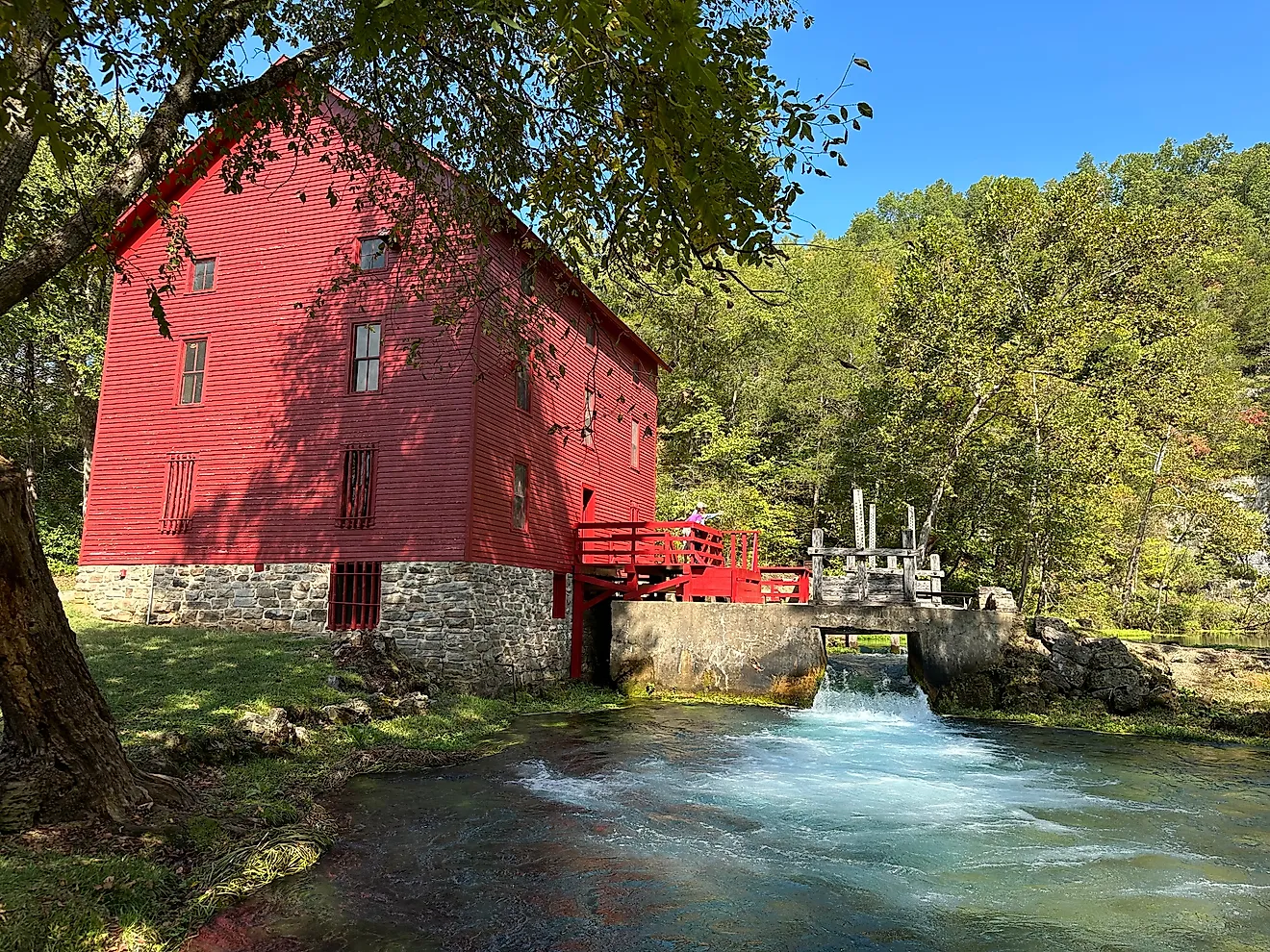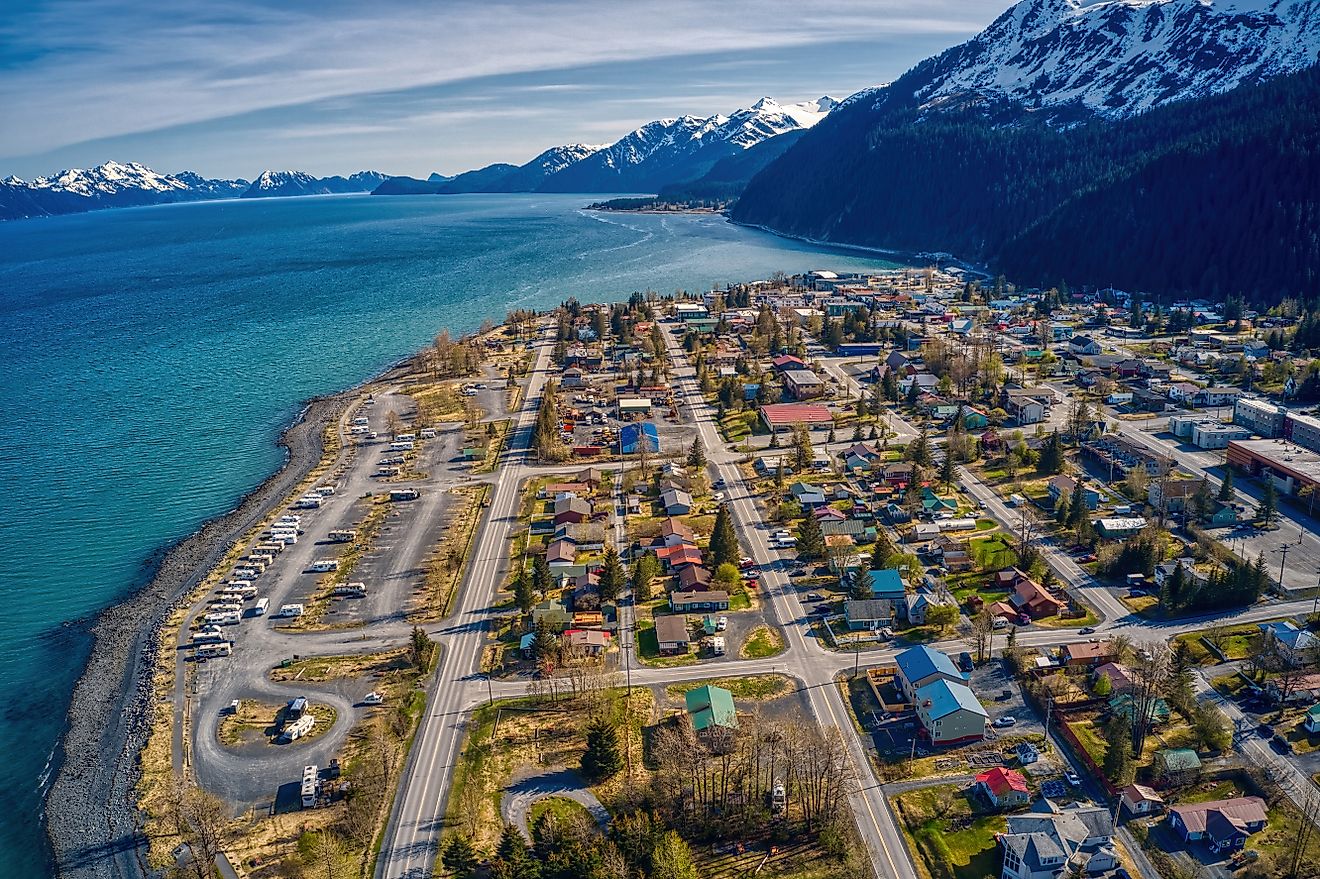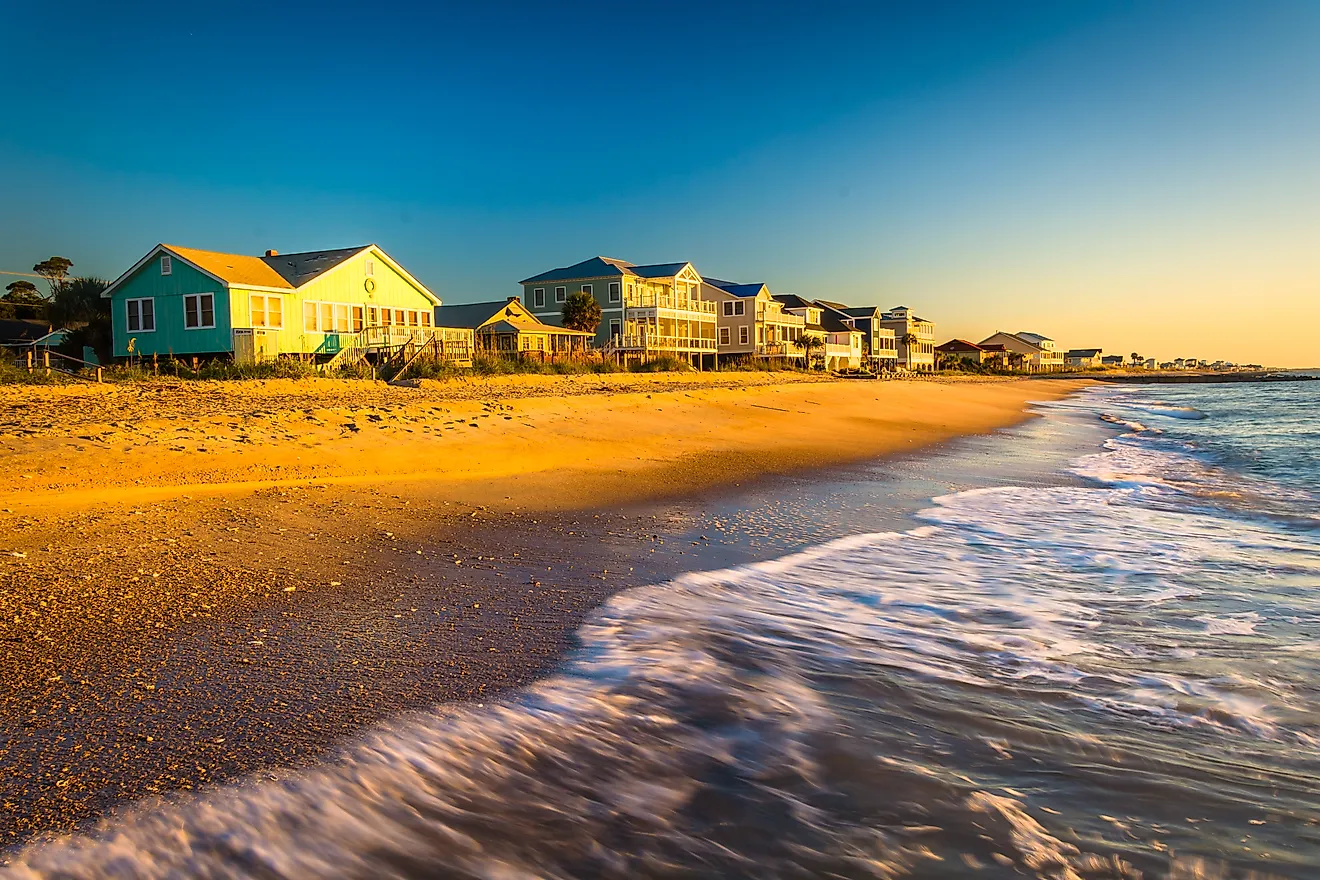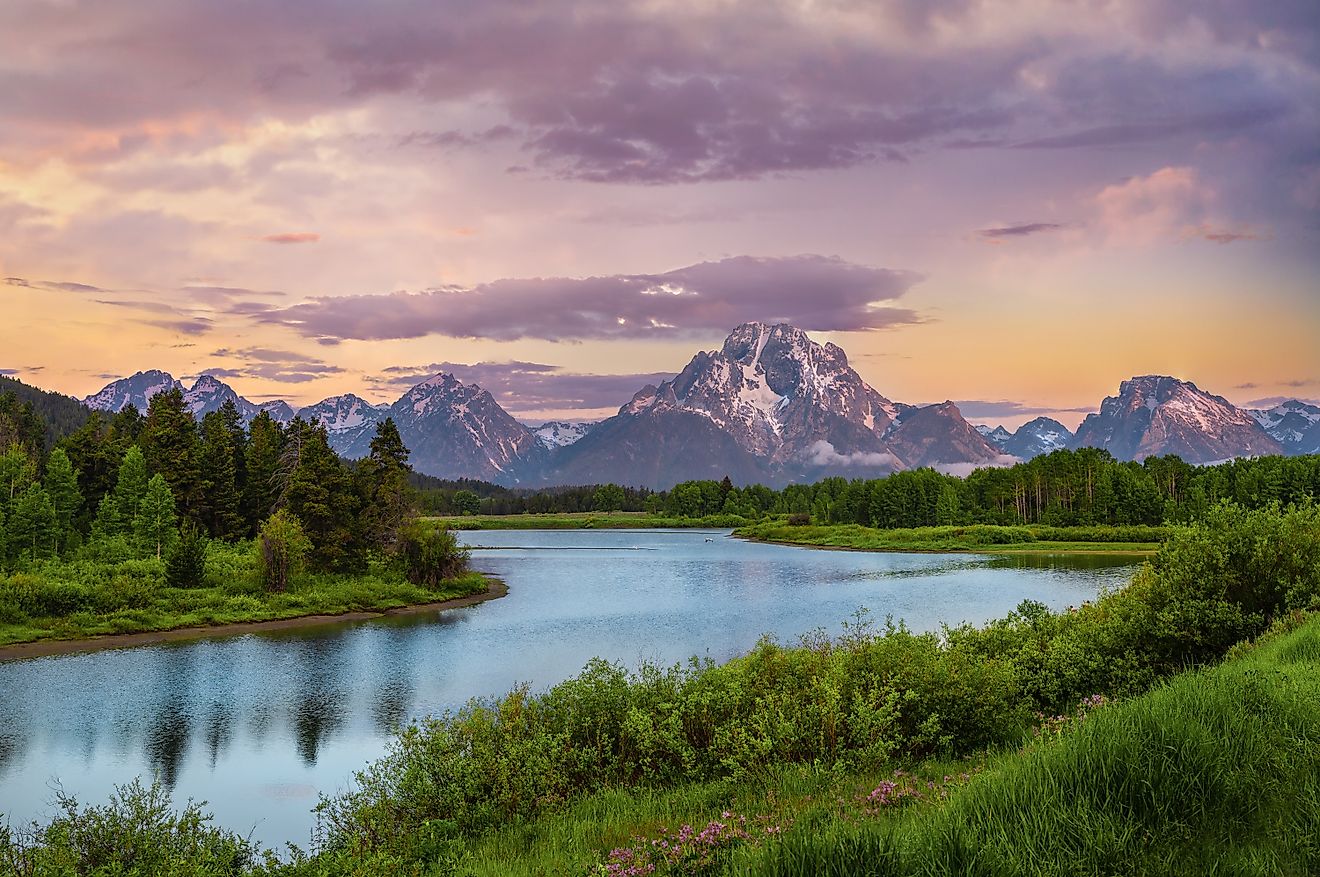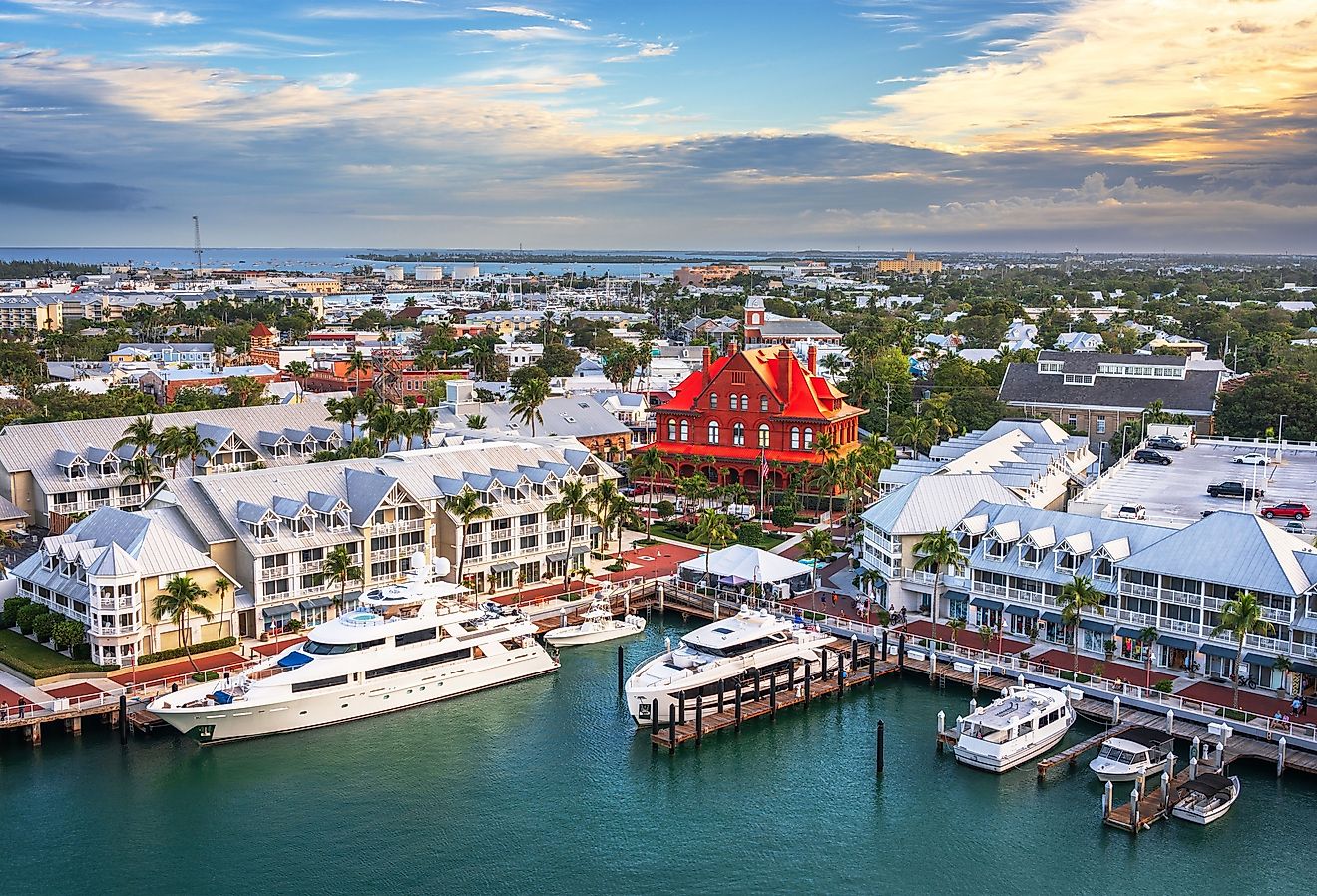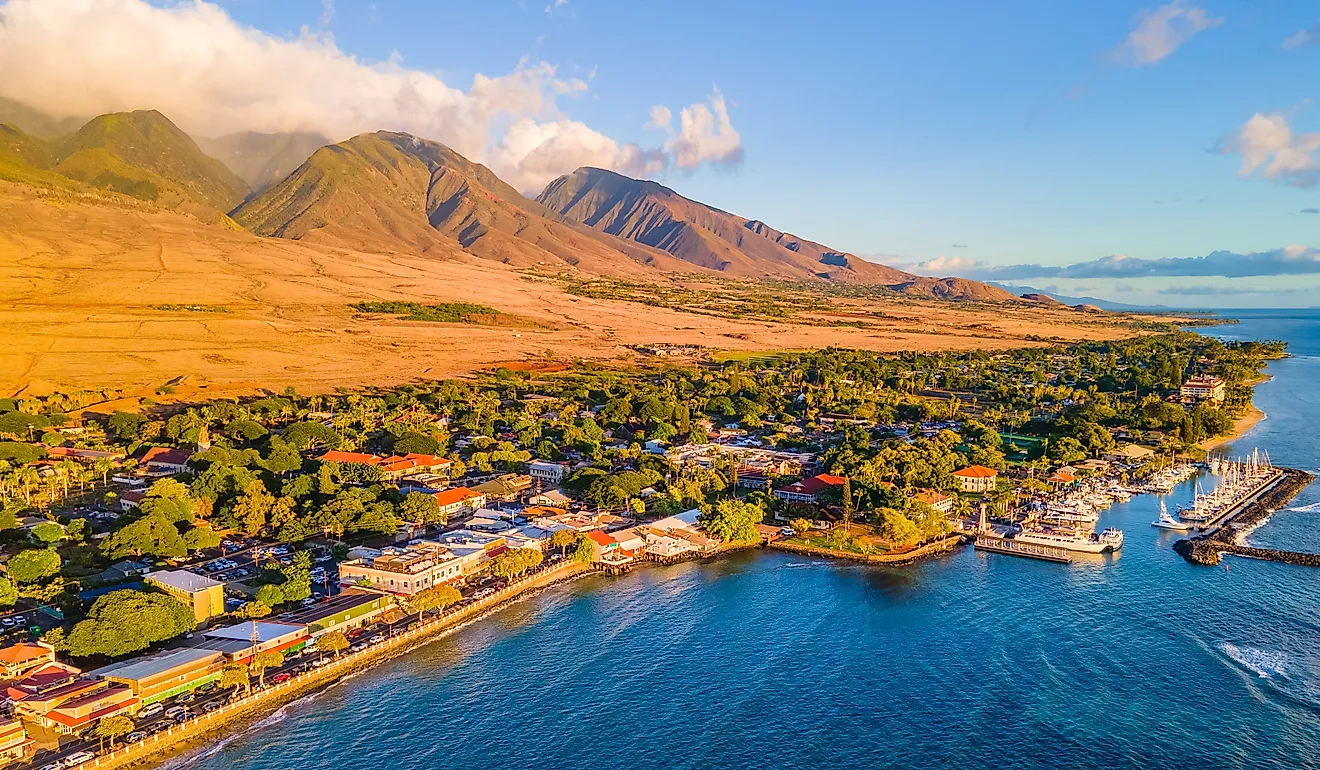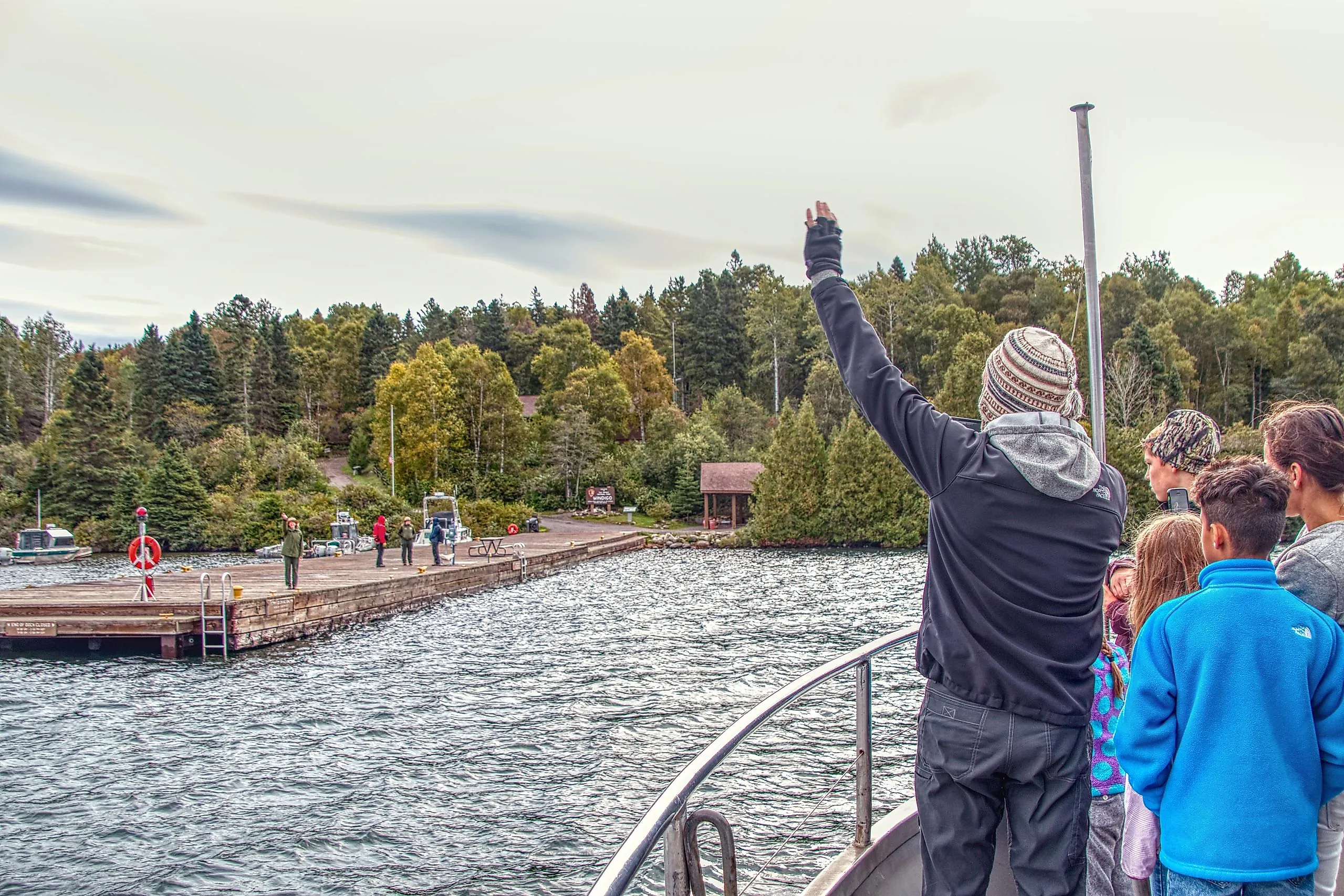
Isle Royale National Park, The Water-bound Wilderness Of Lake Superior
Water is the lifeblood of nearly every U.S. National Park. Some rely on the spring snowmelt to feed pristine mountain streams. Others are more aquatic than terrestrial, boasting shockingly blue water or vibrant coral reefs instead of mountains and forests. And nearly all are dependent on life-giving water, regardless of its form. But at some parks, water isn’t a feature; it’s the whole point. Such is the case of Isle Royale.
Isle Royale National Park is a bit of an outlier. It’s one of the few parks scattered across the vast Midwest; it’s one of the most isolated parks in the Lower 48; it can only be accessed by ferry. In its carefully-preserved forests, wolf-moose drama echoes across this wave-lashed boreal isle. It’s all but shut off from the world in the wintertime. And though, or perhaps because, it is one of the least-visited among the 63 National Parks, few parks outside of Alaska offer such rugged, solitary adventures.
Where and What is Isle Royale National Park?
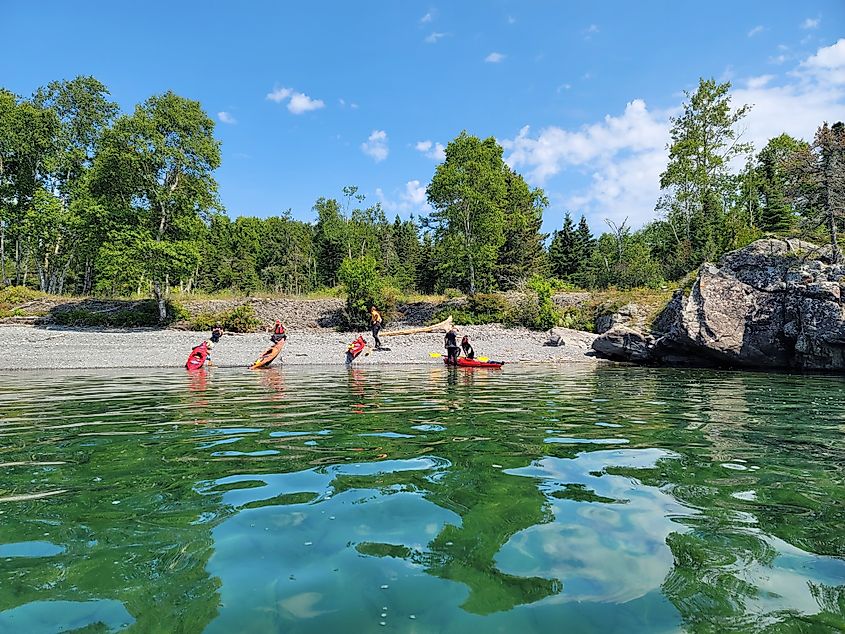
You might think that Isle Royale, in the seemingly approachable state of Michigan, was easy enough to reach. Not so. It’s at the very top of Michigan in the middle of Lake Superior, and getting here is about as hassle-free as waiting for a stubborn bull moose to clear the road so you can get on with your drive.
First, you have to get yourself to the isolated cities of Houghton, Copper Harbor, or Grand Portage. In the far north of Michigan near the border with Canada, none of these cities is near a major airport. Then, to get to the island itself, you have the option of ferry, seaplane, or private watercraft. Any way you slice it, reaching Isle Royale requires an epic trek.
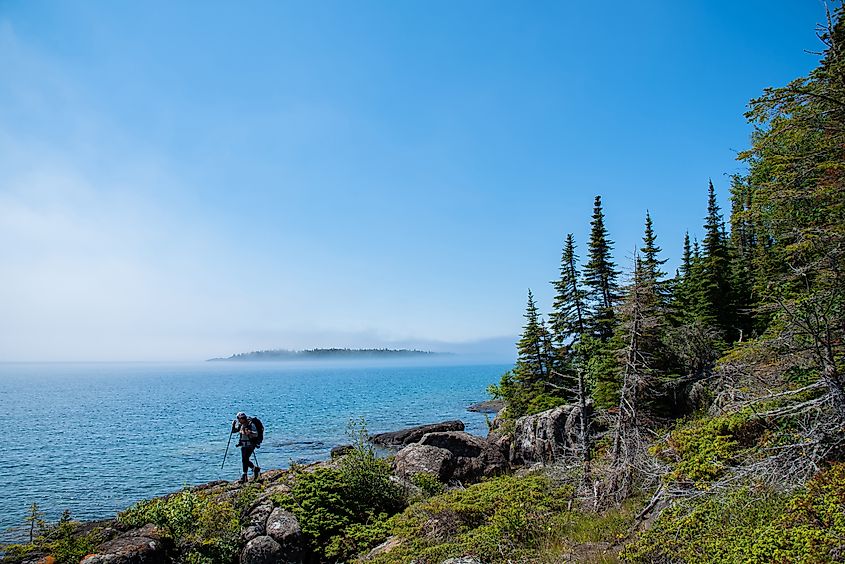
Once you get there, you’ll quickly realize why Isle Royale and its surrounding islands are the subject of such interest from scientists. Shaped by the ice sheet that covered what is now Michigan during the last Ice Age, Isle Royale is now home to pristine boreal forest. A study of the island’s wolf and moose populations, which kicked off in 1958, is the longest-running study of its kind in the world. And that’s without even mentioning that it’s smack in the middle of the world’s largest freshwater lake.
Park History
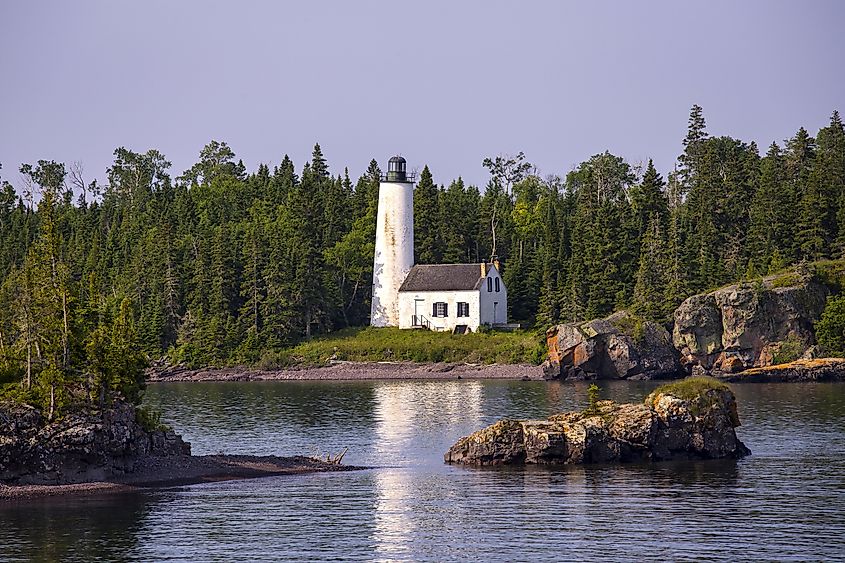
The island of Isle Royale has been on scientists’ radars for a while now — remember that wolf-moose study? — so it’s no surprise that talks about preserving the island’s uniquely insular ecosystems got underway early. It became a National Park in 1940, and since then, several additional protections have been layered on top of its best-known designation. It’s also a wilderness area and a UNESCO Biosphere Reserve. Even before the conservation movement had its midcentury heyday, it was clear to scientists and policymakers alike that Isle Royale was worth preserving.
But it wasn’t always set aside as wilderness, and before its 1940 National Park designation, Isle Royale hosted thriving fishing and copper mining industries. And before that, it was a favored hunting ground of indigenous groups on both sides of what is now the U.S.-Canada border. This island’s richness has never been limited to its scenery, and the idea of trying to freeze Isle Royale in time as a home for thriving wildlife populations is a fairly new one.
What’s So Special About Isle Royale, Anyway?
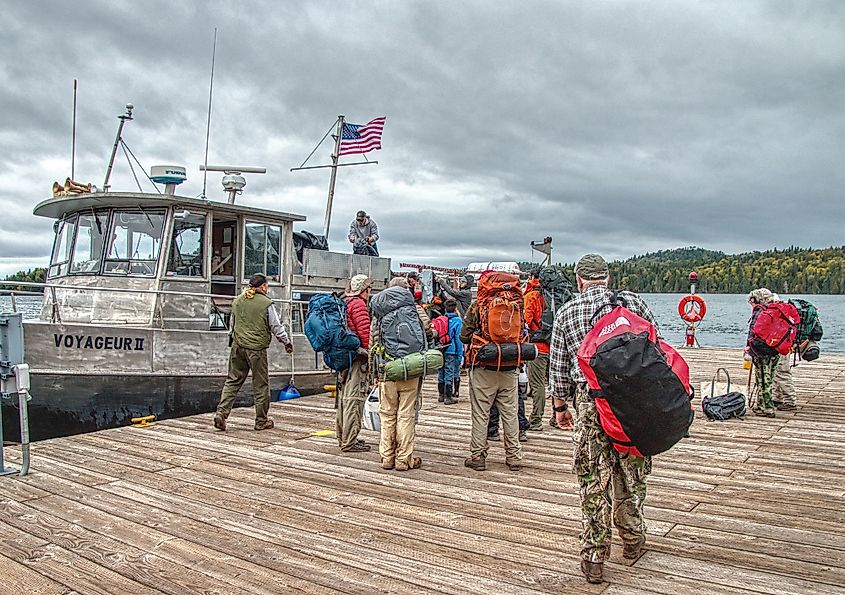
We’ve already touched on a few of the things that make Isle Royale unique: its isolation, its low number of visitors, and the world’s first modern predator-prey observation study, to name a few. But there’s plenty more to this park that can’t be found anywhere else.
On remote Isle Royale, animal populations are inherently insular. And that means that every facet of the lives of those animal populations, from genetic diversity to predator-prey dynamics, is intensely interconnected. While this is true of every species that calls the island home, moose and grey wolves have the best-known connection.
Isle Royale isn’t just one of the best places in the U.S. to spot moose: it’s also one of the easiest places to study the way they interact with their predators. In this closed environment, scientists have been studying wolves, moose, and their population dynamics since 1958. What have they found? That changes in one population lead to proportional changes in the other.
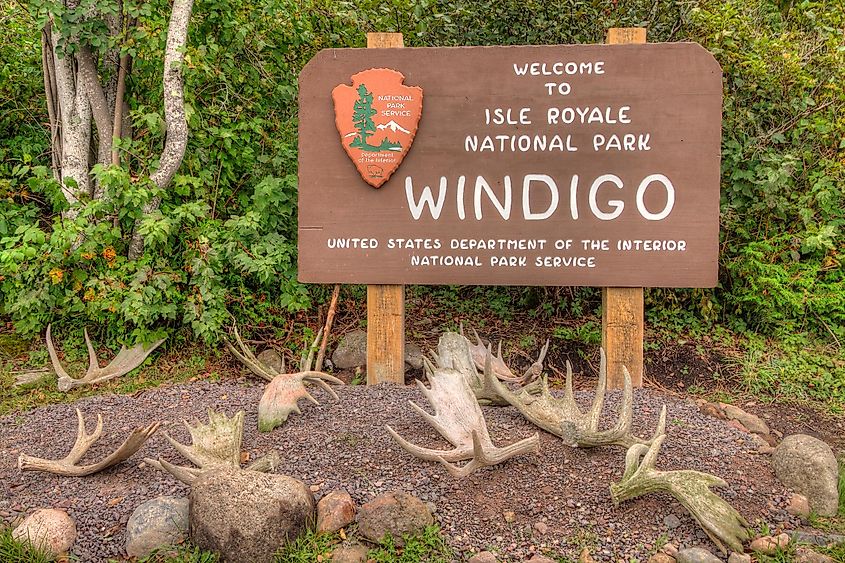
Never mind that neither wolves nor moose have a strong historical presence on the island: the wolves weren’t even present when the island gained National Park status, migrating to the island across an ice bridge that formed in 1948. But though they both appeared in the 20th century, their endless game of cat and mouse on Isle Royale has become its claim to fame.
But that isn’t the only standout at this unsung park. Anyone who’s lived near the Great Lakes will know that they can stir up a vicious storm, and that makes the icy waters of Lake Superior a veritable graveyard for ill-fated watercraft. The park is home to 25 shipwrecks, 10 of which are listed on the National Register, and though you’re unlikely to get up close and personal with one if you’re not a diver, they’re nevertheless one of the most unusual elements of Isle Royale National Park’s landscape.
Things to Do

Isle Royale is surrounded by water, so it’s not a surprise that boating is one of the most widely enjoyed activities in the park. And while you’ll get an obligatory water activity in just by taking the ferry to the island, you may want to keep exploring. In that case, kayaking — in Lake Superior or one of the island’s more sheltered waterways — is a ground-level way to get out on the water. Rental and bring-your-own-boat options are both available for maximum flexibility, though it’s not recommended that you attempt to kayak Lake Superior without a guide.
Fishing is also excellent - after all, the area did once host commercial fisheries. If you’re looking for a solitary spot to paddle out and cast your line, this might just be the place. And if you’re even more adventurous, Isle Royale National Park’s ten nationally-registered shipwrecks make for some of the coolest freshwater scuba diving anywhere. While you’ll need to prepare very carefully for the freezing and often turbulent waters of Lake Superior, these isolated wrecks are a great reward for those who brave the sub-55° water temperatures.
If you’re not a fan of water travel, though, there’s plenty to do on land. Look for moose — you may not have to look very far. Keep your eyes peeled for birds. And, of course, go for a hike or two: there are plenty of trails to take you into the heart of the island’s pristine boreal forest.
If you only have a day on Isle Royale, check out the hike to Suzy’s Cave. At 3.8 miles round-trip, it’s a manageable pick for a short trip, and it’ll lead you into the forest to a natural arch carved out by the relentless pounding of the lake when this part of the island was still underwater. But if you’re planning on spending the night, even more adventures open up to you. Backpacking between the island’s 36 campgrounds is a favorite activity for the truly intrepid. You will need a backcountry camping permit for all overnight stays, including campgrounds, cross-country zones, docks, and anchored vessels.
The Last Lower-48 Frontier
There’s no denying that some visitors won’t find Isle Royale National Park’s offerings to be worth the trek. For some, no amount of scenic beauty or pristine seclusion is enough to justify the headache of a trip requiring no less than three different modes of transportation. But for those who bemoan the huge crowds that flock to some more accessible National Parks, Isle Royale will be everything that a National Park ought to be. It’s a majestic place whose isolated geography and lack of name recognition keep it that way. It’s no wonder the wolves who made it to the island that fateful winter of 1948 chose to stay: confronted with the beauty and abundance of this remarkable island, you may find you wish you could do the same.

